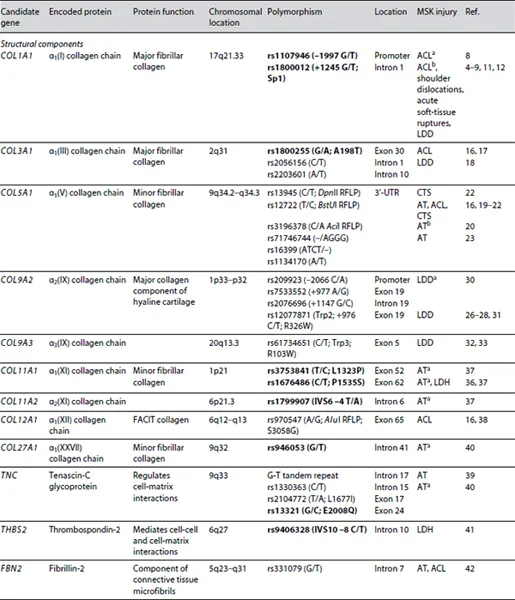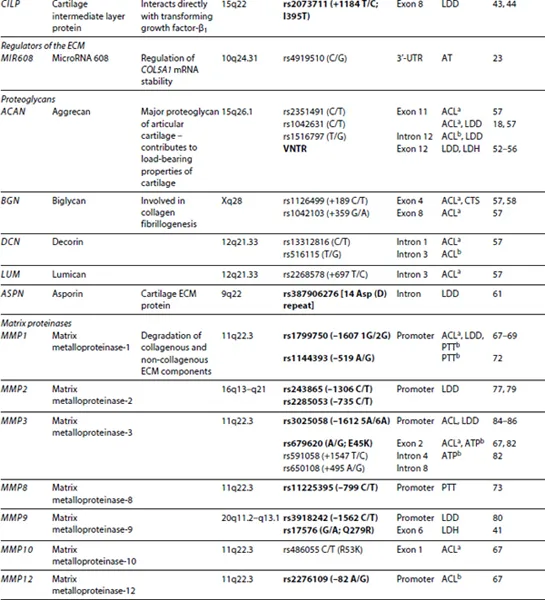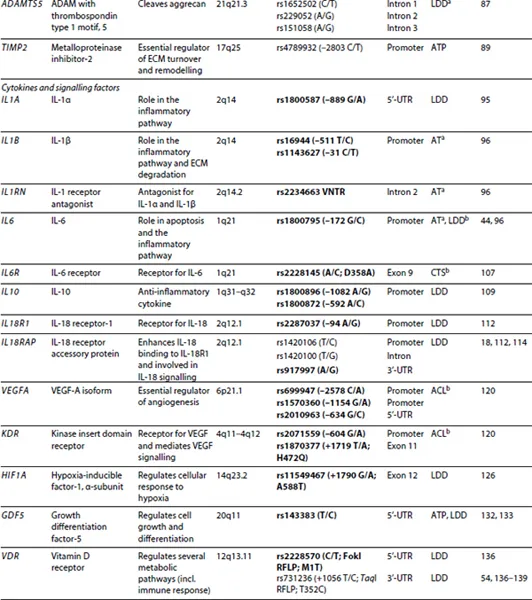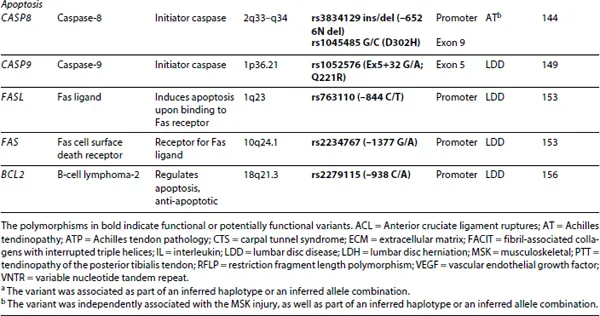
eBook - ePub
Genetics and Sports
- 124 pages
- English
- ePUB (mobile friendly)
- Available on iOS & Android
eBook - ePub
Genetics and Sports
About this book
This second edition of Genetics and Sports expands on topics previously discussed in an attempt to create an integrated and holistic understanding of the field of sports genomics. It is an update on technologies and on the role of genetics in training, performance, injury, and other exercise-related phenotypes. Ethical concerns and the importance of counselling before and after genetic testing are also addressed. It is increasingly important to understand the field of genetics and sports because of the potential to use and misuse information. All exercise scientists, sport and exercise clinicians, athletes, and coaches need to be adequately informed to ensure that genetic information is accurately and properly used. Genetics and Sports is, therefore, highly recommended to all of these groups.
Frequently asked questions
Yes, you can cancel anytime from the Subscription tab in your account settings on the Perlego website. Your subscription will stay active until the end of your current billing period. Learn how to cancel your subscription.
No, books cannot be downloaded as external files, such as PDFs, for use outside of Perlego. However, you can download books within the Perlego app for offline reading on mobile or tablet. Learn more here.
Perlego offers two plans: Essential and Complete
- Essential is ideal for learners and professionals who enjoy exploring a wide range of subjects. Access the Essential Library with 800,000+ trusted titles and best-sellers across business, personal growth, and the humanities. Includes unlimited reading time and Standard Read Aloud voice.
- Complete: Perfect for advanced learners and researchers needing full, unrestricted access. Unlock 1.4M+ books across hundreds of subjects, including academic and specialized titles. The Complete Plan also includes advanced features like Premium Read Aloud and Research Assistant.
We are an online textbook subscription service, where you can get access to an entire online library for less than the price of a single book per month. With over 1 million books across 1000+ topics, we’ve got you covered! Learn more here.
Look out for the read-aloud symbol on your next book to see if you can listen to it. The read-aloud tool reads text aloud for you, highlighting the text as it is being read. You can pause it, speed it up and slow it down. Learn more here.
Yes! You can use the Perlego app on both iOS or Android devices to read anytime, anywhere — even offline. Perfect for commutes or when you’re on the go.
Please note we cannot support devices running on iOS 13 and Android 7 or earlier. Learn more about using the app.
Please note we cannot support devices running on iOS 13 and Android 7 or earlier. Learn more about using the app.
Yes, you can access Genetics and Sports by M. Posthumus,M. Collins,M., Posthumus,M., Collins, D. J. Caine,A. P. Hills,T. Noakes,D.J., Caine,A.P., Hills,T., Noakes in PDF and/or ePUB format, as well as other popular books in Medicine & Alternative & Complementary Medicine. We have over one million books available in our catalogue for you to explore.
Information
Posthumus M, Collins M (eds): Genetics and Sports, ed 2, revised, extended.
Med Sport Sci. Basel, Karger, 2016, vol 61, pp 68-91 (DOI: 10.1159/000445243)
Med Sport Sci. Basel, Karger, 2016, vol 61, pp 68-91 (DOI: 10.1159/000445243)
______________________
Genes and Musculoskeletal Soft-Tissue Injuries
Masouda Rahim · Malcolm Collins · Alison September
Division of Exercise Science and Sports Medicine, Department of Human Biology, Faculty of Health Sciences, University of Cape Town, Cape Town, South Africa
______________________
Abstract
There is mounting evidence suggesting a genetic contribution to the susceptibility of sustaining a musculoskeletal soft-tissue injury. To date, more than 70 loci have been implicated in several injury profiles. The genes implicated through these loci encode a broad spectrum of matrix proteins including collagens and non-collagens. The large majority of these studies have followed a candidate gene case-control study design. A small proportion of these loci have been repeated in independent studies, of which some have included different musculoskeletal injuries. However, the large majority of these studies are underpowered to detect contributions of small effect sizes (odds ratio <2.0). It is therefore critical that large data sets are collected and that consortia are established to effectively pool resources to understand the biological significance of these genetic loci and risk susceptibility. We are in the era of omics and high-throughput technologies but it is only through collaborations that we will realize the clinical significance of the genomic revolution and its application to musculoskeletal soft-tissue injury susceptibility.
© 2016 S. Karger AG, Basel
Musculoskeletal soft tissues such as tendon, ligament and skeletal muscle are commonly injured as a result of participation in regular and/or repetitive physical activity within either a recreational or occupational environment [1]. The aetiology of these injuries remains largely uncharacterized with several risk factors being suggested although much debate exists on the level of evidence for the proposed risk factors [2]. Familial and case-control association studies have provided evidence suggesting that a genetic susceptibility may contribute to the interindividual variation in response to mechanical load, which may consequently affect tissue integrity, function and ultimately injury susceptibility. Several genetic regions (loci) within candidate genes have been investigated, and several sequence variants have been implicated (table 1). This review will focus on summarizing these genetic loci and describe some of the proposed biological mechanisms underpinning these associations.
Table 1. Genes encoding extracellular matrix proteins implicated with susceptibility to musculoskeletal soft-tissue injuries




The genes implicated (table 1) encode both collagenous and non-collagenous matrix constituents, and they broadly function primarily as (i) structural components of the musculoskeletal system which include the collagens and glycoproteins and (ii) regulators of the extracellular matrix (ECM) such as the proteoglycans, matrix metalloproteinases, tissue inhibitors of matrix metalloproteinases, cytokines, growth factors and caspases to name a few. There is evidence to suggest that these matrix components may individually or collectively have key functional roles in processes such as fibrillogenesis, cell signalling, apoptosis, angiogenesis, hypoxia, healing, wound repair and pain signalling. An overlap between some of the genes implicated in these genetic association studies and protein or mRNA expression profiling studies have been noted.
Structural Components
Several collagen-encoding genes have been implicated with the risk of several connective tissue disorders and/or musculoskeletal injuries. Type I collagen, a major fibrillar collagen, is the most abundant protein within connective tissue, and the risk of several musculoskeletal injuries has been linked to sequence variants mapped to the gene encoding the α1(I)-chain (COL1A1). The functional Sp1 binding site polymorphism (rs1800012) within intron 1 encodes a G-to-T substitution resulting in increased binding affinity for Sp1 and consequently greater COL1A1 transcription [3]. This polymorphism has been associated with cruciate ligament ruptures [4-6], shoulder dislocations [5] and acute soft-tissue ruptures in a combined analysis [7]. An underrepresentation of the TT genotype in the cases compared to the controls was consistently reported, indicating a possible reduced risk of injury [5-9]. However, the underlying biological mechanisms require further investigation. Conversely, the TT genotype was associated with an increased risk of anterior cruciate ligament (ACL) ruptures in a study investigating Polish skiers [4]; however, it should be noted that skiing involves a different mechanism of injury [10]. The TT genotype was also associated with an increased risk of disc degeneration [11] and lumbar disc disease (LDD) [12]. Recently, a second functional COL1A1promoter polymorphism (-1997 G/T; rs1107946) was investigated with the risk of ACL ruptures in professional soccer players [8]. The -1997 G/T variant is in linkage disequilibrium with the Sp1 polymorphism (+1245 G/T), and together they form a functional haplotype that regulates transcription [13]. Although not independently associated in this study, probably due to sample size, the -1997 G/T and +1245 G/T (Sp1) G-T inferred haplotype was linked with a reduced risk of ACL ruptures [8].
Type III collagen is another major fibrillar collagen, and increased type III collagen is a characteristic of tendinopathic tendons [14]. The non-synonymous rs1800255 G/A (Ala531Thr) variant, within the COL3A1 gene encoding the α1(III)-chain, is suggested to affect collagen fibre assembly and tensile strength [15]. In 2 independent studies, the rs1800255 AA genotype was associated with an increased risk of ACL ruptures in a study group from Poland [16, 17]. In addition, a COL3A1 rs2056156 and rs2203601 inferred haplotype was associated with lumbar disc bulging [18].
Several sequence variants (rs13946 T/C, rs14776422/rs5574880 W/M, rs12722 T/C, rs3196378 C/A, rs71746744 -/AGGG, rs16399 -/ATCT, rs1134170 A/T) within the 3′-untranslated region (3′-UTR) of the COL5A1 gene have also been independently, or in combination, associated with several musculoskeletal injuries (table 1). COL5A1 codes for the α1(V)-chain of type V collagen, a minor fibrillar collagen involved in the regulation of collagen fibril diameter and lateral growth during fibrillogenesis. To date, this genomic interval has been associated with Achilles tendinopathy (AT) [19, 20], ACL ruptures in females [16, 21] and carpal tunnel syndrome (CTS) [22]. Additionally, the MIR608 rs4919510 CC genotype was independently associated with an increased risk of AT [23]. MIR608 encodes a 25-bp microRNA which binds to the Hsa-miR-608 binding site in the COL5A1 3′-UTR.
Several of the studied COL5A1 polymorphisms appear to alter the predicted secondary structure of the 3′-UTR which may impact COL5A1 mRNA stability [23]. The combination of 7 tightly linked polymorphisms located within the 3′-UTR constitute 2 major functional forms, termed the ‘C functional form’ and the ‘T functional form’ which have been linked with a decreased and increased risk of AT, respectively [24]. Moreover, the T functional form was associated with an overall increase in mRNA stability [24]. Collins and Posthumus [25] hypothesized that altered COL5A1 mRNA stability results in altered type V collagen production, and changes in collagen fibril diameter and density, thus potentially altering the biomechanical properties of musculoskeletal tissues.
Type IX collagen is a major collagen component of hyaline cartilage and is thought to serve as a bridge between collagenous and non-collagenous proteins in tissues [26]. Structurally, it is a heterotrimeric protein consisting of 3 chains: α1(IX), α2(IX) and α3(IX), encoded by the COL9A1, COL9A2 and COL9A3 genes, respectively. Genetic variants within the COL9A2 and COL9A3genes have been associated with LDD risk (table 1), although ethnic differences in allele frequency have been noted [26-30]. Trp2, a COL9A2 allele that replaces the wild-type arginine with tryptophan at codon 326 (rs12077871 C/T), was associated with intervertebral disc disease and corresponded with...
Table of contents
- Cover Page
- Front Matter
- Core Concepts in Human Genetics: Understanding the Complex Phenotype of Sport Performance and Susceptibility to Sport Injury
- Nature versus Nurture in Determining Athletic Ability
- Recent Research in the Genetics of Exercise Training Adaptation
- Genes and Athletic Performance: An Update
- The Future of Genomic Research in Athletic Performance and Adaptation to Training
- Genes and Musculoskeletal Soft-Tissue Injuries
- Genetics of Musculoskeletal Exercise-Related Phenotypes
- Genetic Testing for Sports Performance, Responses to Training and Injury Risk: Practical and Ethical Considerations
- Author Index
- Subject Index